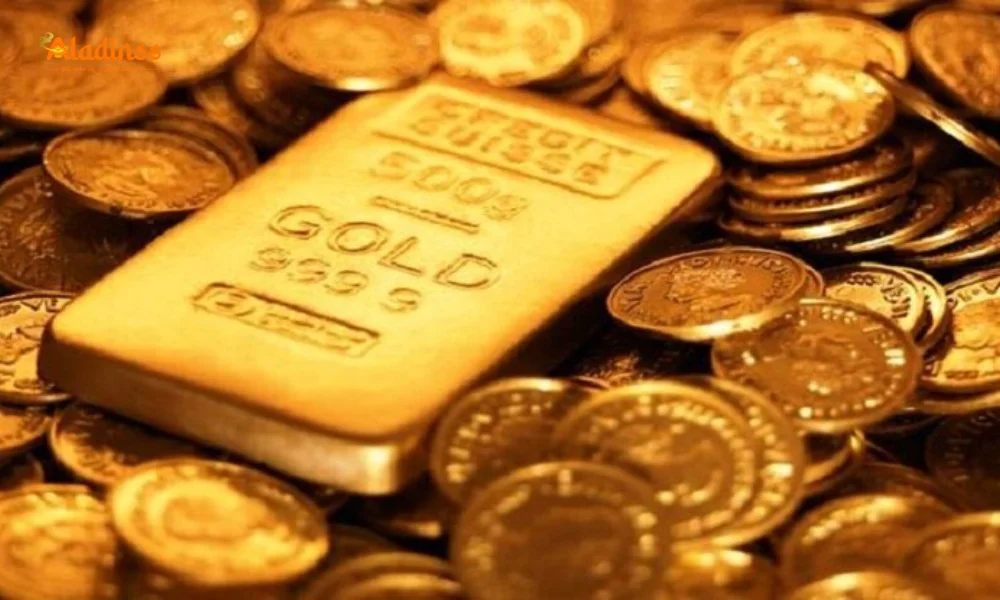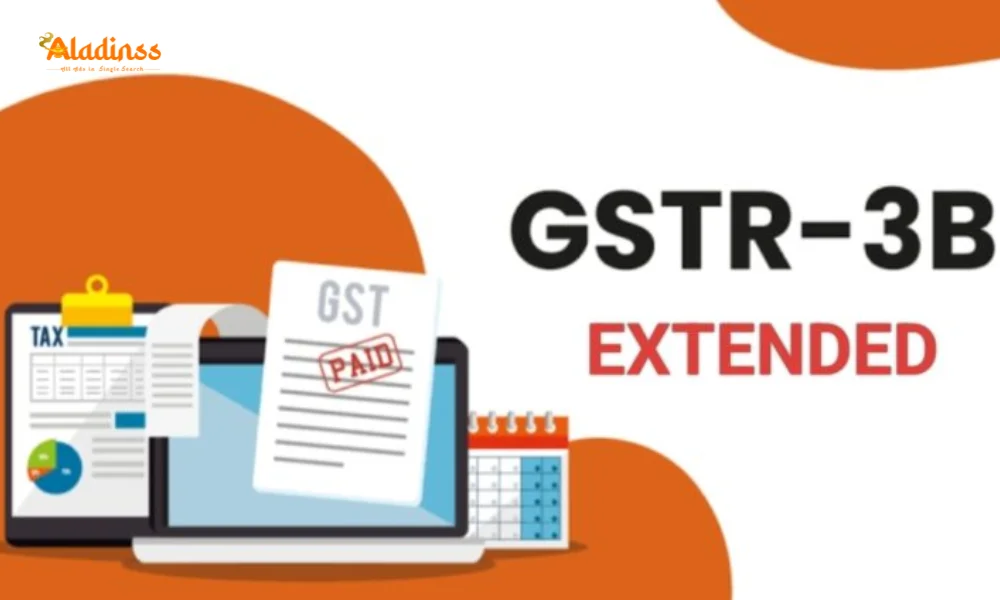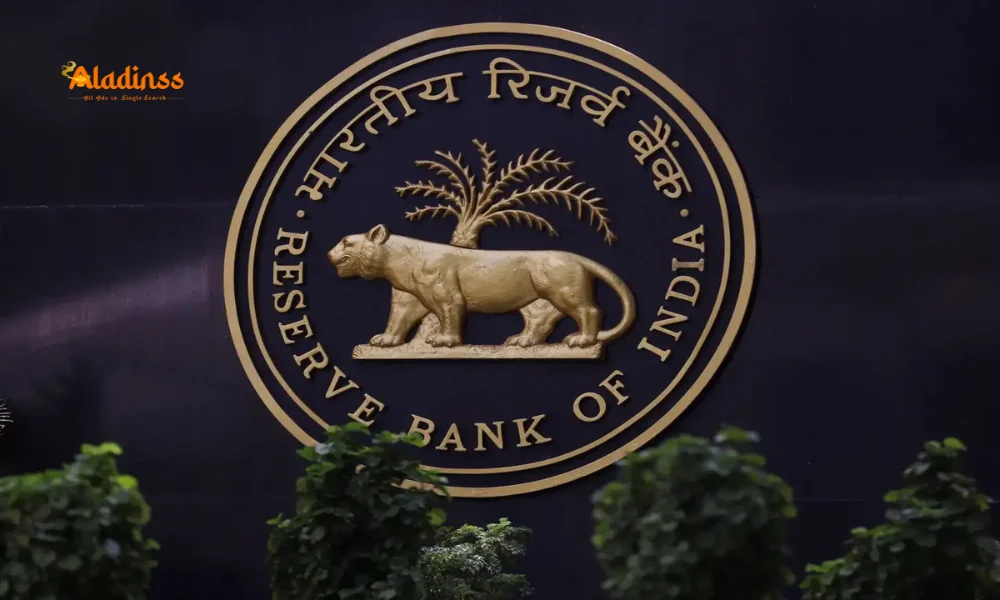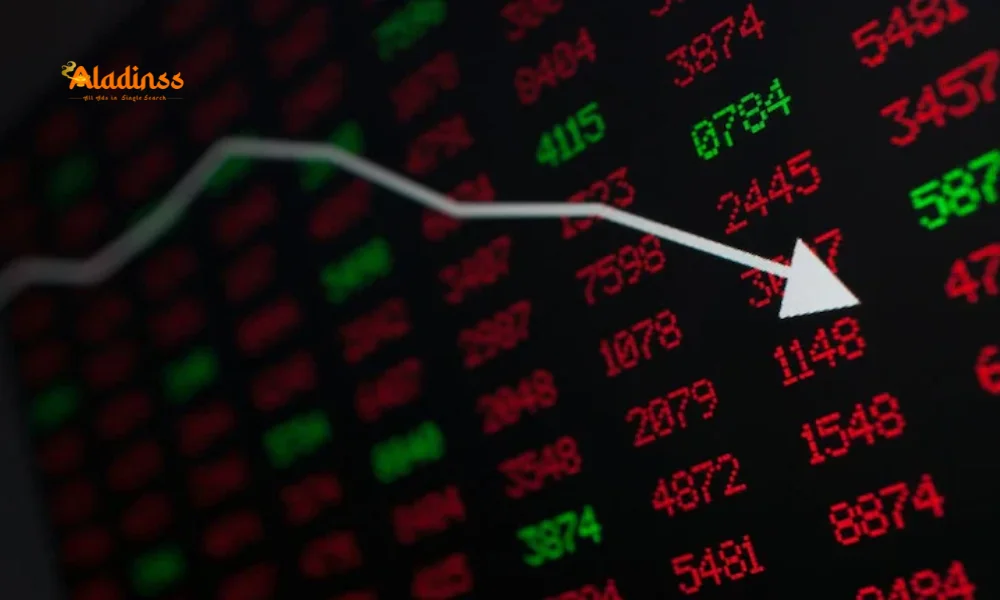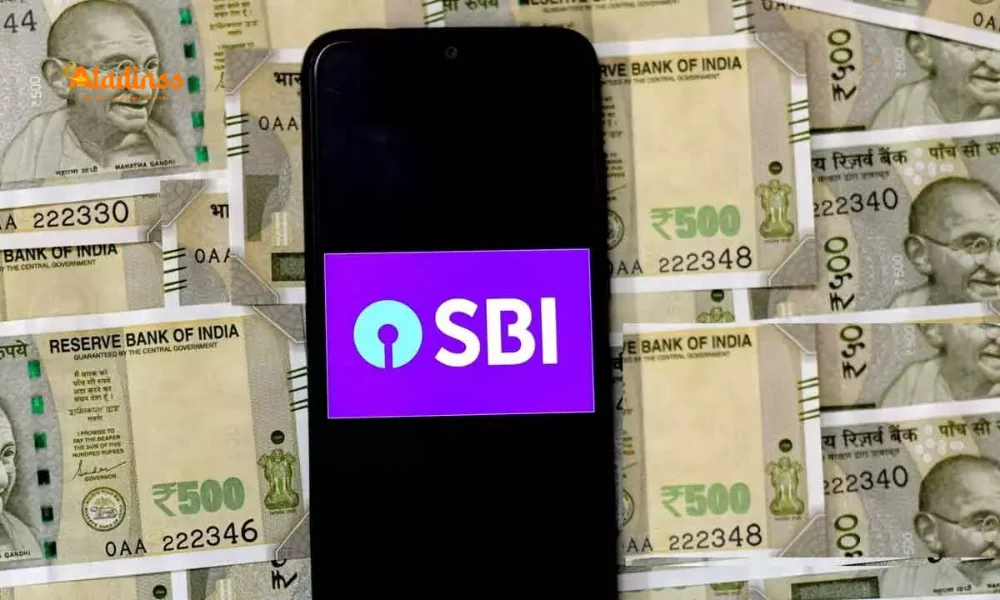Hindustan Unilever Shares Drop 0.83% on Nifty 50
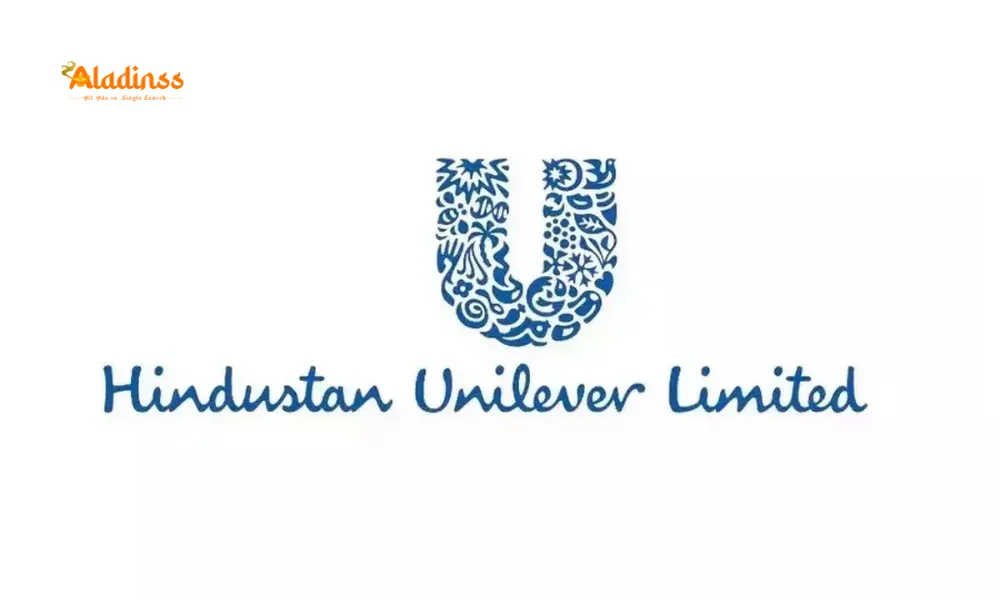
Hindustan Unilever Shares Fall 0.83%, Among Nifty 50 Top Losers
Hindustan Unilever Ltd. (HUL) shares declined by 0.83% on September 10, 2025, trading at Rs 2,620.10, positioning the stock among the top losers on the Nifty 50 index at 11:10 am. Despite this bearish movement, HUL’s consistent financial performance underscores its strong market presence, with steady revenue and profit growth over recent years. This breaking news report delves into the reasons behind the stock’s recent downturn, its robust financial metrics, and the broader market context influencing its performance, offering investors critical insights into this FMCG giant’s trajectory.
The Nifty 50 index, which tracks India’s top 50 companies, has faced volatility amid global economic uncertainties and domestic inflationary pressures. HUL, a key constituent, has been a bellwether for the FMCG sector, but recent trading sessions have seen it underperform, reflecting broader market sentiment. Despite a bullish outlook reported by Moneycontrol on September 8, 2025, today’s bearish trend suggests short-term challenges, possibly driven by profit-taking or sector-specific concerns.
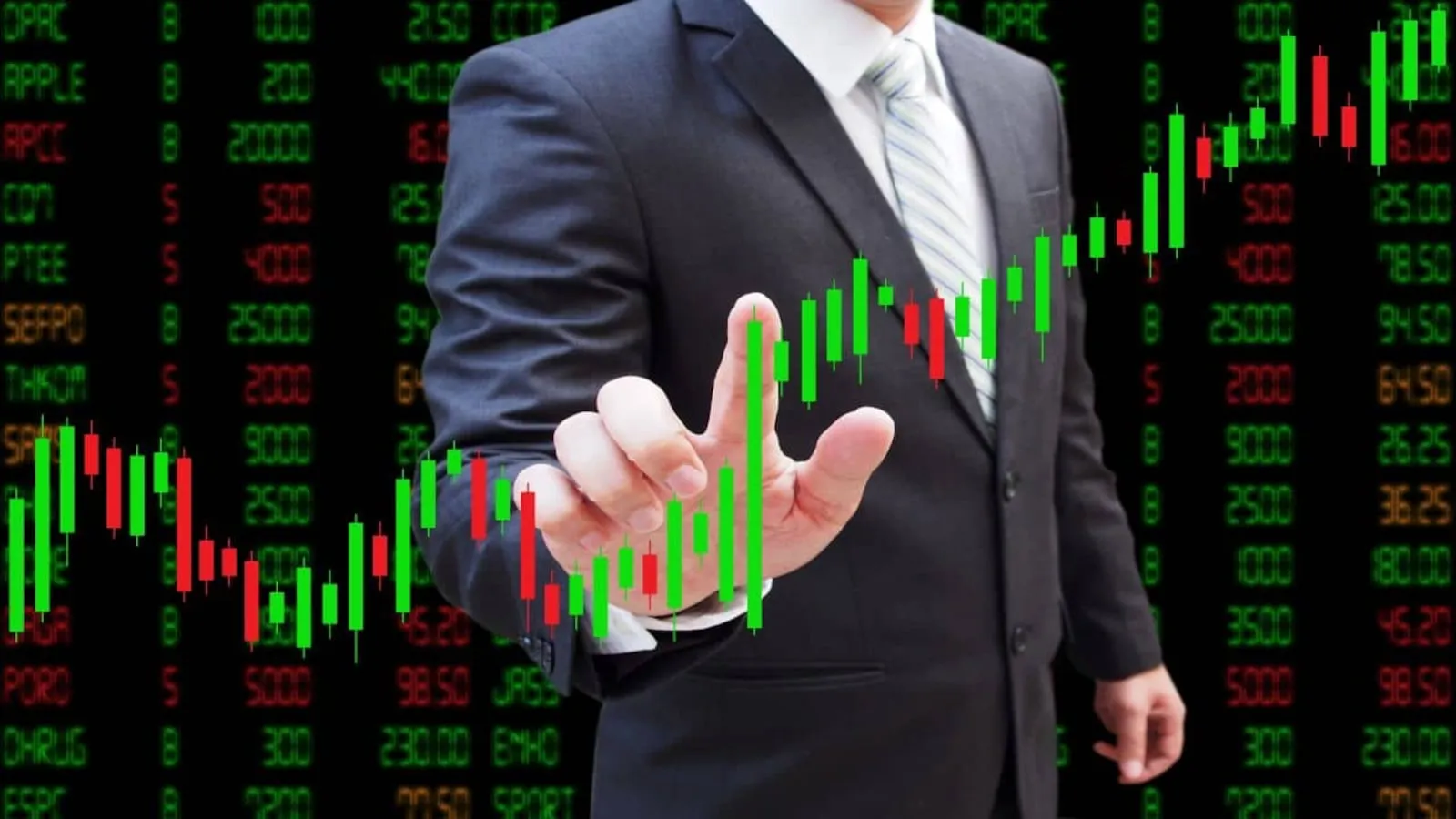
HUL’s Financial Performance: A Strong Foundation
Hindustan Unilever has demonstrated consistent financial growth, reinforcing its position as a leading player in India’s FMCG market. The company’s consolidated annual revenue increased from Rs 47,028 Crore in March 2021 to Rs 63,121 Crore in March 2025, reflecting a 3-year CAGR of 9.71%. Net profit also rose steadily, from Rs 8,000 Crore in 2021 to Rs 10,679 Crore in 2025, with a 3-year CAGR of 9.62%. This growth highlights HUL’s ability to navigate economic challenges, including inflationary pressures and rising input costs, while maintaining profitability.
Quarterly results further underscore HUL’s resilience. For the quarter ending June 2025, sales reached Rs 16,514 Crore, up from Rs 15,707 Crore in June 2024, with net profit rising to Rs 2,769 Crore from Rs 2,614 Crore. Earnings per share (EPS) for the same period improved to Rs 11.73 from Rs 11.11, reflecting operational efficiency. However, the March 2025 quarter saw a dip in net profit to Rs 2,476 Crore, the lowest in the past five quarters, possibly contributing to the current bearish sentiment.
Key Financial Metrics and Ratios
HUL’s financial health is further illustrated by its key ratios. The company’s basic EPS grew from Rs 34.03 in March 2021 to Rs 45.32 in March 2025, signaling strong shareholder value creation. The price-to-earnings (P/E) ratio stood at 49.84 in March 2025, down from 51.77 in 2024, indicating a relatively high valuation but improved affordability. The price-to-book (P/B) ratio was 10.75, reflecting investor confidence in HUL’s assets, which totaled Rs 79,880 Crore in March 2025, up from Rs 68,757 Crore in 2021.
HUL’s debt-to-equity ratio remained at 0.00 from 2021 to 2025, showcasing a debt-free balance sheet, a rarity in the corporate world. The return on equity (ROE) improved from 16.77% in 2021 to 21.55% in 2025, highlighting efficient capital utilization. The gross profit margin was 25.13% in March 2025, slightly up from 25.00% in 2024, while the net profit margin reached 16.91%, reflecting stable profitability despite rising costs.
Corporate Actions and Dividend History
HUL has a strong track record of rewarding shareholders through dividends and corporate actions. On April 24, 2025, the company announced a final dividend of Rs 24.00 per share (2400%), effective June 23, 2025. Additionally, an interim dividend of Rs 19.00 per share (1900%) and a special dividend of Rs 10.00 per share (1000%) were declared on October 10 and 11, 2024, respectively, both effective November 6, 2024. The total dividend per share for March 2025 was Rs 53.00, up from Rs 42.00 in 2024, reinforcing HUL’s commitment to shareholder value.
Recent corporate actions include a postal ballot notice on August 29, 2025, for the appointment of Ms. Priya Nair as Managing Director and CEO, effective August 1, 2025, to July 31, 2030. The company also scheduled an analyst/investor meet on September 3, 2025, signaling active engagement with stakeholders. These moves, coupled with the cessation of Mr. Ritesh Tiwari as CFO and the appointment of Mr. Niranjan Gupta effective November 1, 2025, reflect HUL’s focus on leadership continuity and strategic growth.
Why Are HUL Shares Declining?
The 0.83% drop in HUL’s share price to Rs 2,620.10 on September 10, 2025, can be attributed to several factors. Market volatility, driven by global economic uncertainties and rising input costs, has impacted FMCG stocks. Inflation, which hit 6.2% in mid-2025 according to the Ministry of Statistics, has raised concerns about margin pressures, as raw material costs for HUL’s products like soaps, detergents, and foods have increased. A CNBC TV18 report from December 2024 noted that peer companies like Godrej Consumer Products warned of subdued demand and margin pressures, which may have spilled over to HUL, contributing to the bearish trend.
Additionally, profit-taking after a bullish run could be a factor. Moneycontrol’s analysis on September 8, 2025, indicated a very bullish sentiment, with HUL shares reaching Rs 2,710.10 on August 29, 2025, a 2.10% gain. The subsequent correction may reflect investors locking in gains amid uncertainty. Despite the downturn, analyst sentiment remains mixed, with 26 of 43 analysts maintaining a “buy” rating and a consensus price target suggesting a 20% upside, according to CNBC TV18.
Market Context and Sector Challenges
The FMCG sector, including HUL, faces challenges from rising inflation and shifting consumer behavior. With household budgets strained by a 6.2% inflation rate, demand for non-essential FMCG products like premium personal care and packaged foods may weaken. HUL’s portfolio, spanning over 50 brands across 16 categories, including giants like Dove, Lux, and Knorr, generates significant revenue, with 19 brands exceeding Rs 1,000 Crore annually. However, rising costs for raw materials like palm oil and packaging have squeezed margins, as noted in HUL’s September 2024 quarterly commentary, which highlighted low single-digit price growth expectations.
Global economic headwinds, including potential U.S. Federal Reserve rate cuts and tariff-driven inflation, add complexity. The Nifty 50’s performance has been uneven, with HUL among the top losers on multiple occasions in 2025, including a 1.3% drop on June 18 and a 1.03% decline on August 21, as reported by Moneycontrol. These fluctuations reflect broader market dynamics, with investors cautious about overvalued stocks in a high-inflation environment.
Investor Outlook and Analyst Insights
Despite today’s decline, HUL’s long-term outlook remains positive, driven by its strong fundamentals and market leadership. Analysts from Citi and Nuvama have set high price targets of Rs 3,400 and Rs 3,395, respectively, reflecting optimism about HUL’s growth potential. Macquarie’s “outperform” rating with a Rs 3,250 target suggests that parent company Unilever’s focus on India will aid recovery in the coming quarters. However, bearish views from Ambit Capital (Rs 2,205, “sell”) and Morgan Stanley (Rs 2,110, “underweight”) highlight concerns about near-term demand softness and high valuations.
HUL’s promoter holding of 61.9% in June 2025 signals strong backing from Unilever, providing stability. The company’s cash flow from operating activities, at Rs 11,886 Crore in March 2025, supports its ability to invest in innovation and marketing, critical for maintaining market share in a competitive sector. Investors will likely monitor upcoming quarterly results and management commentary for insights into demand trends and cost management strategies.
Broader Implications for the FMCG Sector
HUL’s performance is a barometer for the Indian FMCG sector, which contributes significantly to the economy. The sector faces headwinds from inflation and changing consumer preferences, with a shift toward value-driven purchases. HUL’s ability to maintain a debt-free balance sheet and consistent dividend payouts positions it well to weather these challenges. However, the company must innovate to capture growth in tier-II and tier-III cities, where digital penetration and rising incomes are driving demand.
The RBI’s tight monetary policy, with the repo rate at 6.5% in September 2025, could further impact consumer spending, indirectly affecting HUL’s volumes. Regulatory scrutiny on pricing and sustainability practices also poses risks, as FMCG companies face pressure to balance profitability with affordability. HUL’s strategic focus on premiumization and digital transformation, as outlined in its recent investor meets, will be critical to sustaining growth in this environment.
Comment / Reply From
No comments yet. Be the first to comment!

